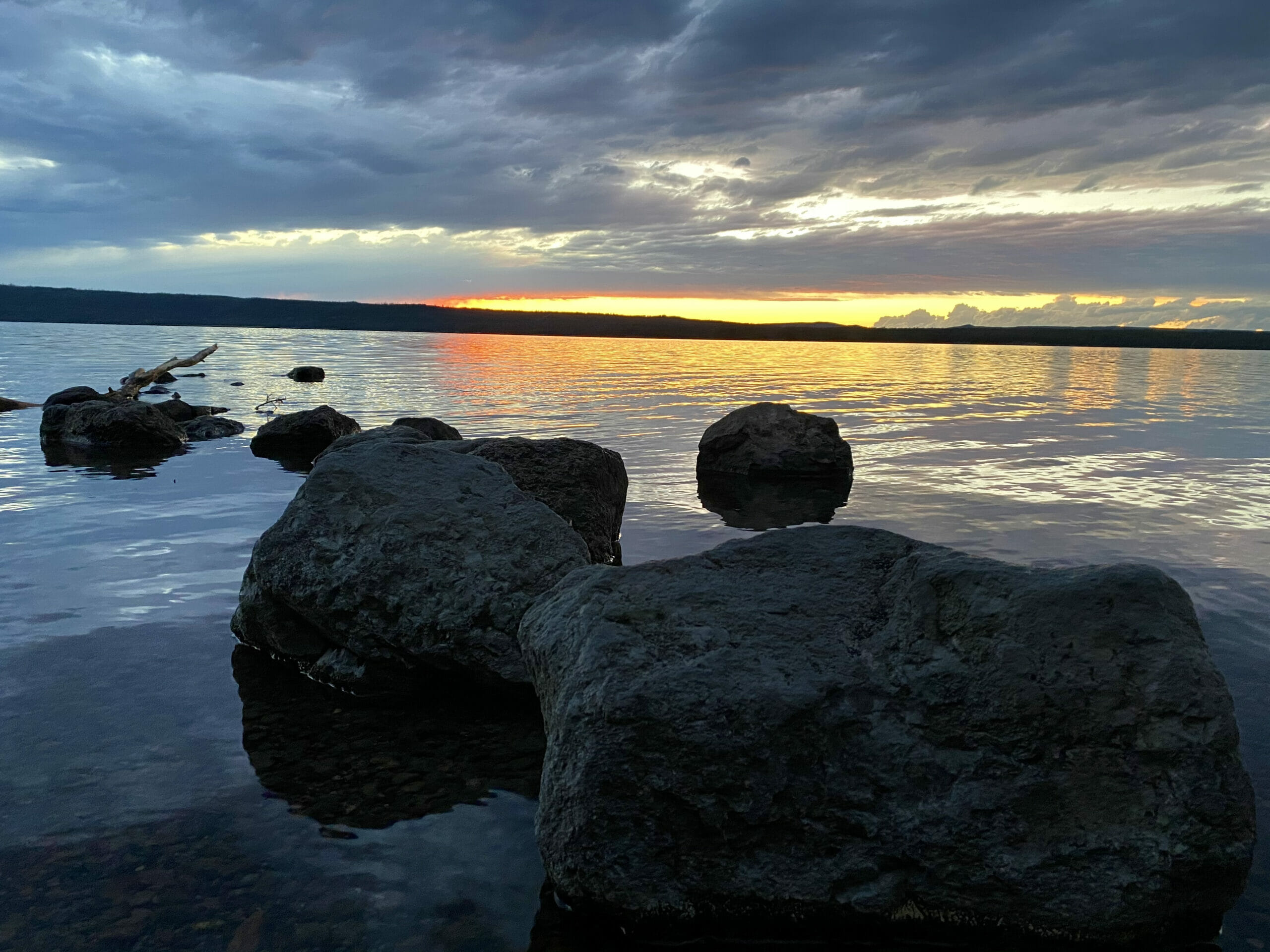Sunset on Yellowstone Lake in Yellowstone National Park. Once the stronghold of Yellowstone cutthroat trout, invasive lake trout now threaten the native species in this iconic fishery. Daniel A. Ritz photo.
Learning the meaning of refuge and what it means to defend it in the Cowboy State
Daniel Ritz is fishing across the Western United States this summer in an attempt to reach the Master Caster class of the Western Native Trout Challenge, attempting to land each of the 20 native trout species in their historical ranges of the 12 states in the West. You can follow Ritz as he travels across the West by following Trout Unlimited, Orvis, Western Native Trout Challenge and Montana Fly Company on social media using #WesternTroutChallenge.
After a 72-hour turnaround from my almost 4-week trek through Alaska, I left my home in Boise at 3 a.m., and pointed the car toward Yellowstone National Park. Before pursuing my Wyoming Cutt-Slam alongside my Western Native Trout Challenge, I was hoping to experience the now scarce westslope cutthroat trout before heading into the interior of Wyoming.
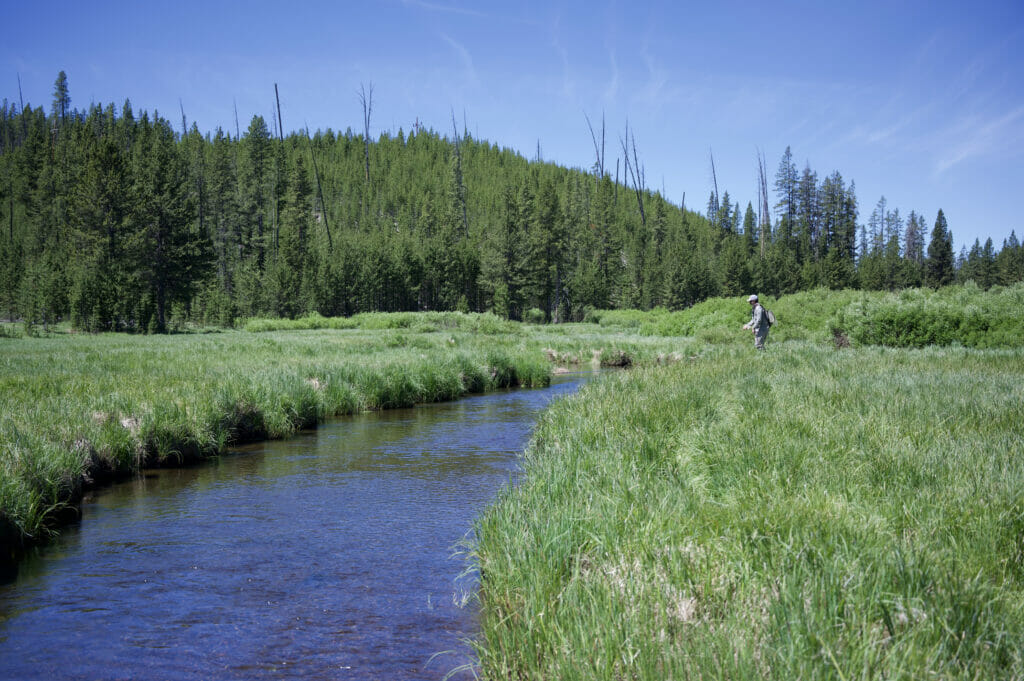
Once one of the most widespread cutthroats in the West, westslopes are now present in less than 5 percent of their habitat in the Upper Missouri Basin. Even more troubling, by the 1930s westslopes were nearly eliminated from park streams because of the stocking of competing trout (nonnative brook and brown trout) and interbreeding with nonnative rainbow and Yellowstone cutthroat trout.
Crossing the Snake River basin of Idaho, I selected a soundtrack for my 6-hour drive through the night across the Gem State.
Almost immediately, I was struck by the lyrics of a recent favorite that came through the speakers by the band Uncle Lucius.
“For the next few years dad was sick as a dog, but he made a recovery just to spite the odds
Settlement came and we moved out of town, where the sky isn’t heavy with refinery clouds
Yeah he’s still alive he’s doing good he’s in his fifties
But the moneys running out, and he’s pinching for pennies
So I’m goin’ for broke with every song I play, ’cause now it’s my turn to keep the wolves away.”
Keeping the Wolves Away — Uncle Lucius
After successfully locating and angling for a restored population of westslopes within the park’s limits — plentiful small fish showing great promise for the future — I proceeded out the park’s east entrance along the North Fork of the Shoshone River toward Cody, Wyo. Westslopes are not recognized as part of the Wyoming Cutt-Slam (but maybe they should be?). My next destination started my slam effort in Wyoming.
In Cody, I was scheduled to meet Yellowstone Lake special project manager for Wyoming Trout Unlimited, Dave Sweet, to pursue another of Wyoming’s native trout species, the Yellowstone cutthroat trout. This river, Sweet claimed, contains one of the most genetically pure populations of Yellowstone cutthroat trout in Wyoming.
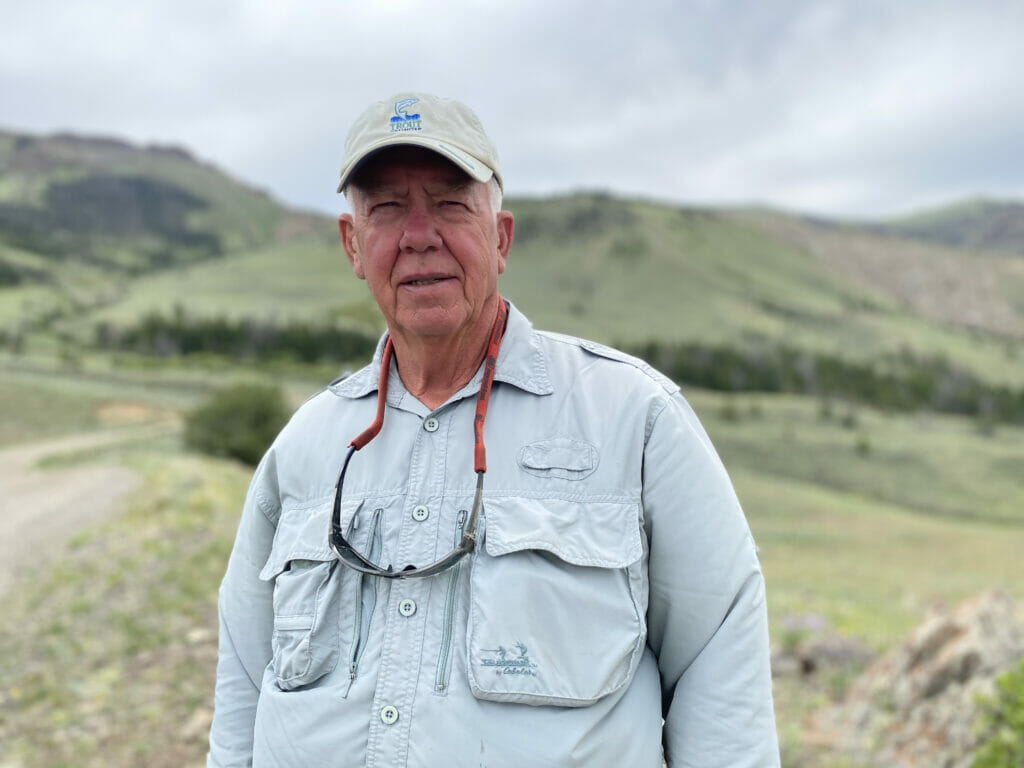
For the better part of 20 years, Sweet has been the champion of resuscitating regional Yellowstone cutthroat populations after, in the early 1990s, lake trout were discovered in the more than 400-foot-deep Yellowstone Lake.
“It (Yellowstone Lake) was supposed to be the refuge, the safe place for the Yellowstone cutthroat,” Sweet explained as we drove south along the Absaroka Range. “There was no risk of development, there was supposed to be no invasive species; even climate change, if it happens, when it happens, it’s the largest high-altitude lake in the West. It should happen here last.”
For more than a decade Sweet has been at the center of an effort by multiple working groups to identify the problem, discuss solutions and raise funds in order to pay for the necessary work to suppress the once-booming invasive lake trout population (over the years, fisheries managers have slowed the spread of lake trout and perhaps even suppressed the invasive fish in the lake). Lake trout are notoriously voracious predators and actively prey on Yellowstone cutthroat trout.
What does this mean for the iconic cutthroat? In 2007, it was estimated that the Yellowstone cutthroat population had declined more than 90 percent, from more than 4 million cutthroats in Yellowstone Lake to roughly 200,000 fish.
Native cutthroat trout are not the only species impacted by the decline. More than 40 other species significantly depend on the presence of cutthroat species including grizzly bears, bald eagles, otters, osprey and coyotes. Scientific information is plentiful surrounding the struggles of cutthroat trout in Yellowstone Lake.
I hoped to gain a better understanding of where Sweet’s passionate commitment for the native fish came from during our trip. That passion is what Sweet’s daughter, Diana — a Wyoming Game and Fish biologist — calls his legacy. Check out the epic film about Dave and Diana’s trip into the headwaters of Yellowstone Lake to see how their efforts to restore cutthroat trout populations were paying off.
As we arrived at the river spring flows were still peaking. As we meandered down the hillside toward the river, the 73-year-old Sweet led the way, occasionally reassuring me by saying that during runoff the fish simply moved to the exterior of the river in the pockets behind rocks and along the banks.
We found the river raging. Even Sweet’s soft eyes, hidden behind sunglasses, couldn’t hide his concern as mist rose into the air when water collided with sedan-sized boulders.
“This is a lot higher than when I usually fish it, but let’s see,” he said.
“If he’s nervous. I’m nervous,” I remember thinking to myself.
Walking upstream, we began to prod at the small bankside holes and slow sections.
Cutthroats ranging from 12 to 16 inches – and a few larger – took short droppers or rose to dries with greater frequency than we expected.
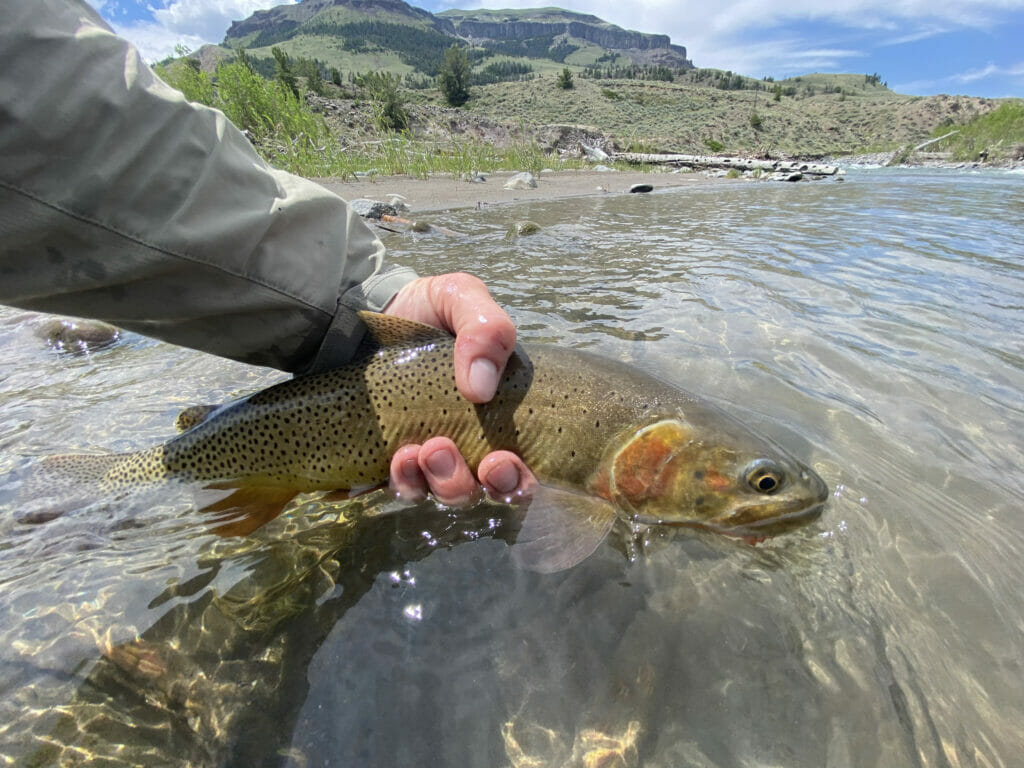
For miles, Sweet’s insight never failed. In each pocket, trout waited for a meal to pass them by. Occasionally, we were lucky enough to hook into one of the famed Yellowstones decked out in spawning regalia.
“Isn’t this just great?” Sweet asked simply, sounding almost innocent as we doubled up. Surrounded by sage scrub, deep in a canyon surrounded by massive ranches and colossal ranges, Sweet looked relaxed and in his element.
After miles and miles and dozens of beautiful cutthroats later we come to a final bend containing the kind of pool that makes you drool.
Looking back, I saw Sweet, who had coyly picked a honey hole on a backwater around a small island I didn’t even notice, who was looking upriver at me and grinning ear to ear. At that moment, I remember thinking he resembled a child showing off the fruits of his hard work.
He’s certainly earned it.
Often, as anglers and even more so as conservationists, we find ourselves relieving ourselves of the pressure of the impossible by reminding each other that “everyone can do something,” or “everyone has something to offer,” or “just do your part.”
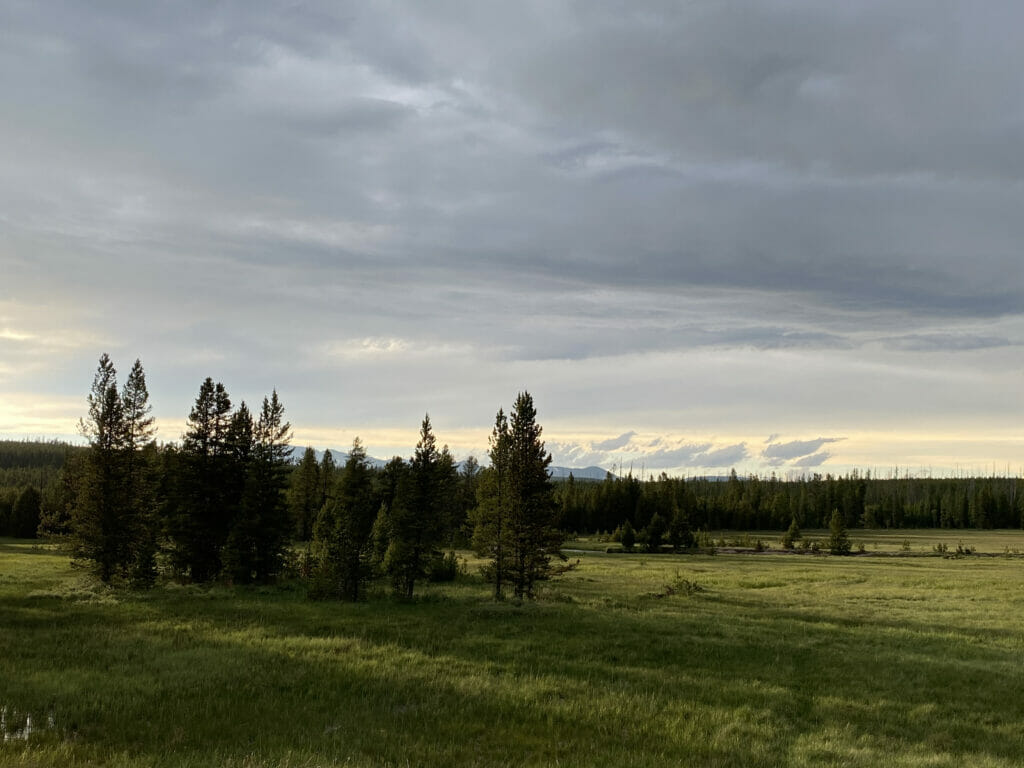
While this is true, some of us, just like some places, are exemplary. Dave Sweet, like Yellowstone Lake and Yellowstone National Park and true wilderness is an example of a refuge. An example of the best there is and the best we have to offer. Just like all land cannot be put aside as a refuge and managed as such, we can’t all be like Sweet, but, we all should know that folks like him are out there in the world.
In a recent meeting of the science review committee including Wyoming Trout Unlimited, the National Park Service and others, Sweet was happy to report that adult lake trout continue to decrease (now down to possibly as little as 10 percent of late 2000s highs) but that, frustratingly, juvenile lake trout maintain in static numbers.
With this acknowledgement that there is still much work to be done, I asked Sweet if he was concerned about the future of Yellowstone cutthroat conservation, after, even hypothetically, he was unable to lead the charge.
“I am, Dan. I really am,” he said after a long pause. “Folks love to fish, and love to call themselves fisherman, but, it doesn’t seem like the engagement is there.”
However, I was admittedly disappointed that I didn’t feel confident I had an answer to the question I had set out to answer.
What drives a man to commit his life to this?
Completing the Wyoming Cutt-Slam
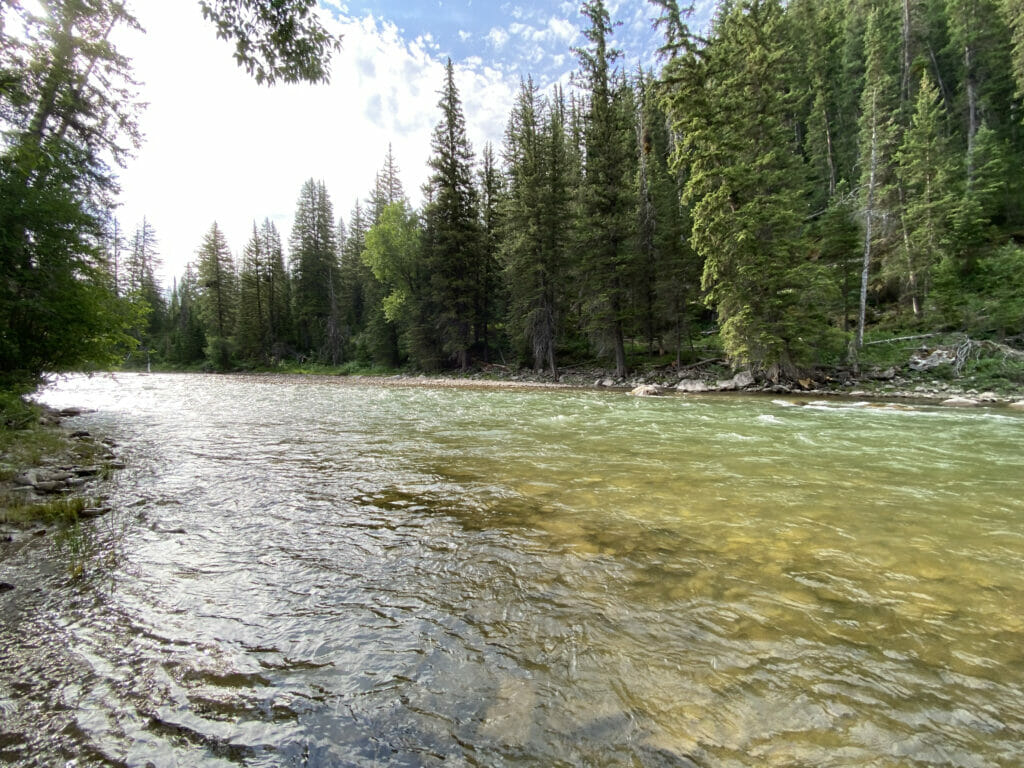
As I wound south through Wyoming, pursuing fine-spotted Snake River cutthroats at the wild and scenic Hoback River and Bonneville cutthroats (also recognized as Bear River cutthroat trout) near the Tri-Basin Divide along the Smiths Fork, I thought often of my time with Sweet in the Absarokas.
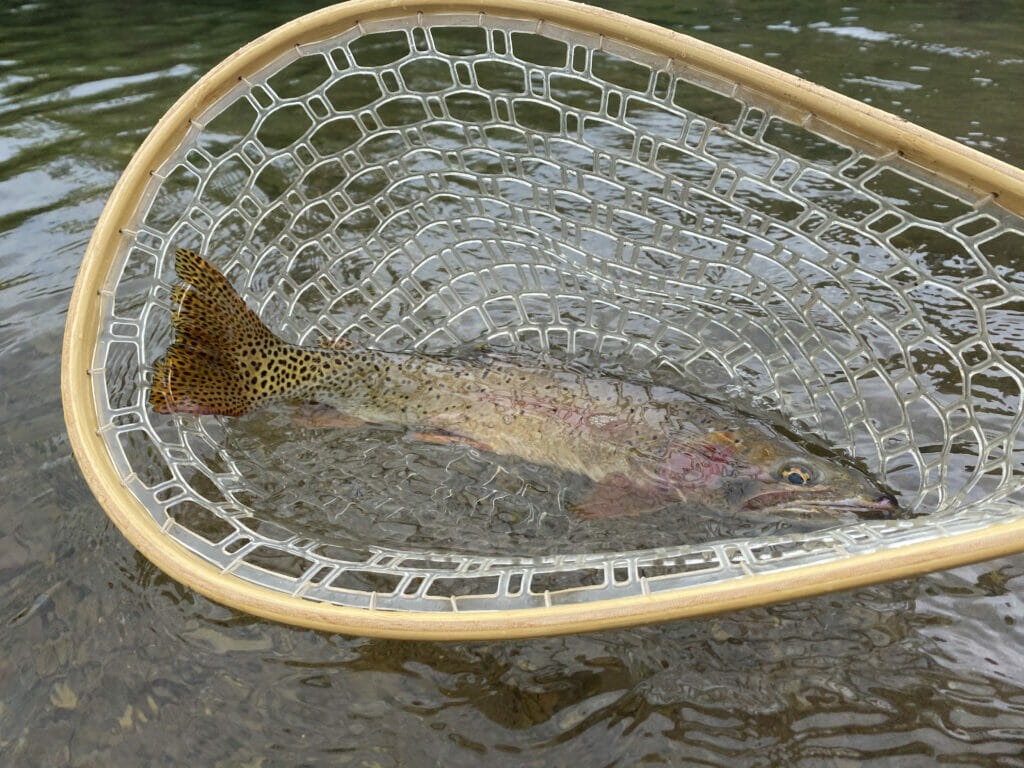
Deep in a red clay canyon in southern Wyoming, I was elated to encounter the final species of my Wyoming Slam. The historic range of Colorado River cutthroat trout include tributaries to the Green River. In one small tributary, alternating between deep channels with holes at the bends and beaver pond flats trampled by cattle, small cutthroats eagerly rose to various dries.
As thunder boomed from clouds threatening rain — I was dozens of miles in the cut on a two-track trail of clay making passage in the rain impossible, I quickly packed up camp and made a mad dash toward higher, more solid ground.
Nearly a mile ahead, I spotted a truck slowly crawling along a ledge on the same two-track I was about to set out on.
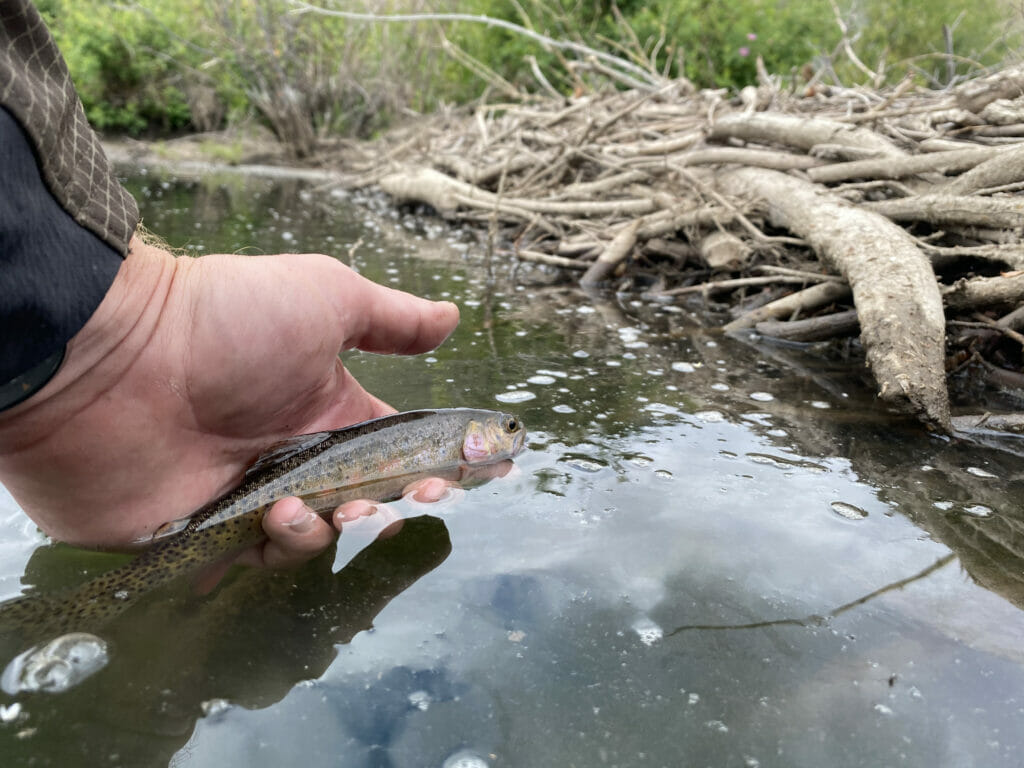
As the truck, containing a man in a cowboy hat, his wife in the passenger seat and a large revolver on the dashboard pulled up, he rolled down his window to give me the customary nod you give when passing folks on dirt roads.
“Watcha’ doin’ back here?” he asked in a stern, but not necessarily threatening, tone.
I proceeded to give him my spiel: I was fishing and in pursuit of native trout indigenous to the small creek that meandered down the valley ahead.
“Oh, I know all about the native trout,” the man said, cutting me off and visibly letting his hackles down a bit. “I volunteer with the local Trout Unlimited group. Last year we worked to restore some of the riparian area in the headwaters of the creek across the basin.”
The man, who called himself Jack, proceeded to tell me a story from the week before when he encountered a man who he thought was dumping furniture back on this same stretch of road.
‘“I pulled this out, and put it right on the dash, letting him know I wasn’t messing around,” Jack said, taking the revolver out of its casing and proudly showing it to me. “If he was dumping trash back here, I wasn’t leaving or letting him out until a sheriff took him out. I love these lands. I’ve been in Wyoming too damn long to let it be ruined by people abusing it. People will say, ‘Oh it’s just sagebrush and scrub back there,’ but these lands, we love it back here. Turns out, he wasn’t dumping anything, it was already there and we actually teamed up to haul it out.”
“Well Jack, I appreciate your work back here and I’ve learned to love it too,” I say in a not-so-subtle attempt to de-escalate the tone of the conversation.
Unnecessary gun waving withstanding, in that moment, Jack’s attitude surprised and captivated me. I realized the answer to the question I had set out to have answered during my time with Sweet.
It’s our time, our turn, to keep the wolves away … to fiercely defend and take up the torch in defense of one of the most iconic species in the American West.
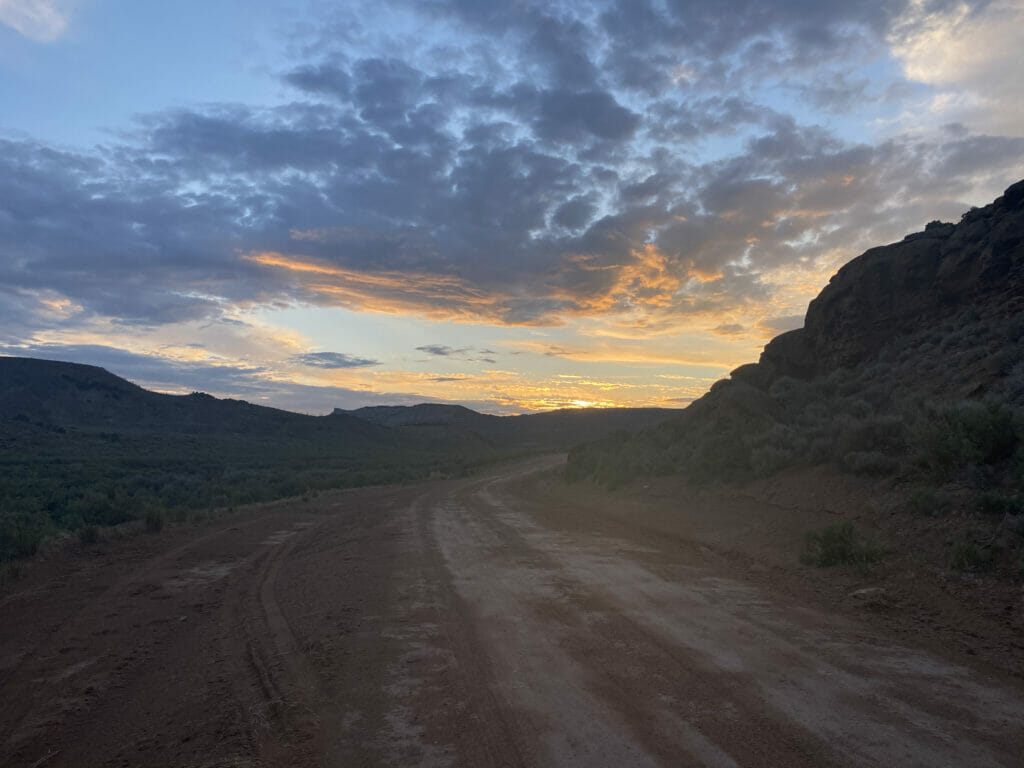
For the gentle and patriarchal Sweet, the refuge was an iconic and oft-visited lake containing the future of the Yellowstone cutthroat trout. For Jack it was about recognizing a stream meandering through a rarely visited sea of sagebrush, often considered wasteland, was sensitive habitat that contained an actual ocean’s worth of wildlife
In Wyoming, in the face of the seemingly impossible, I met men and women who bravely rose up to defend the refuge and to keep the wolves away.



